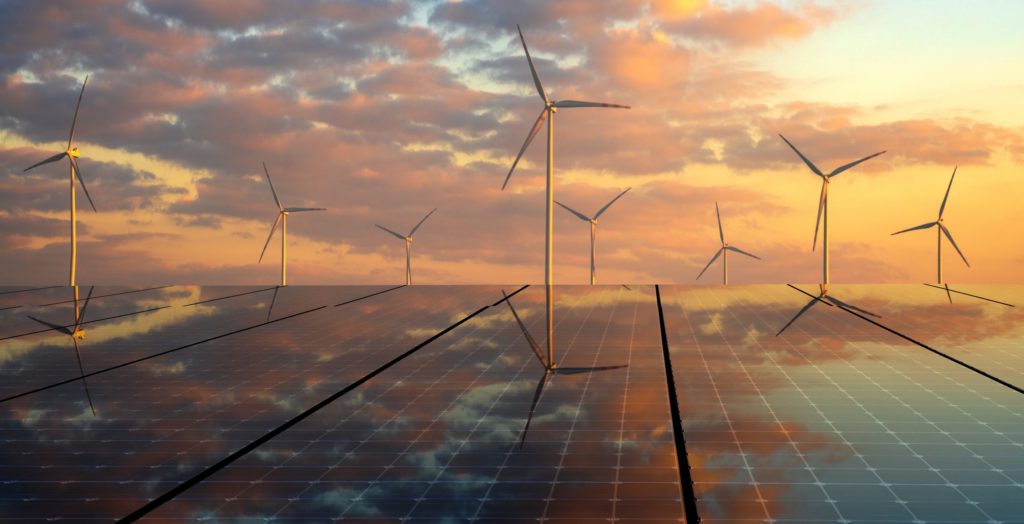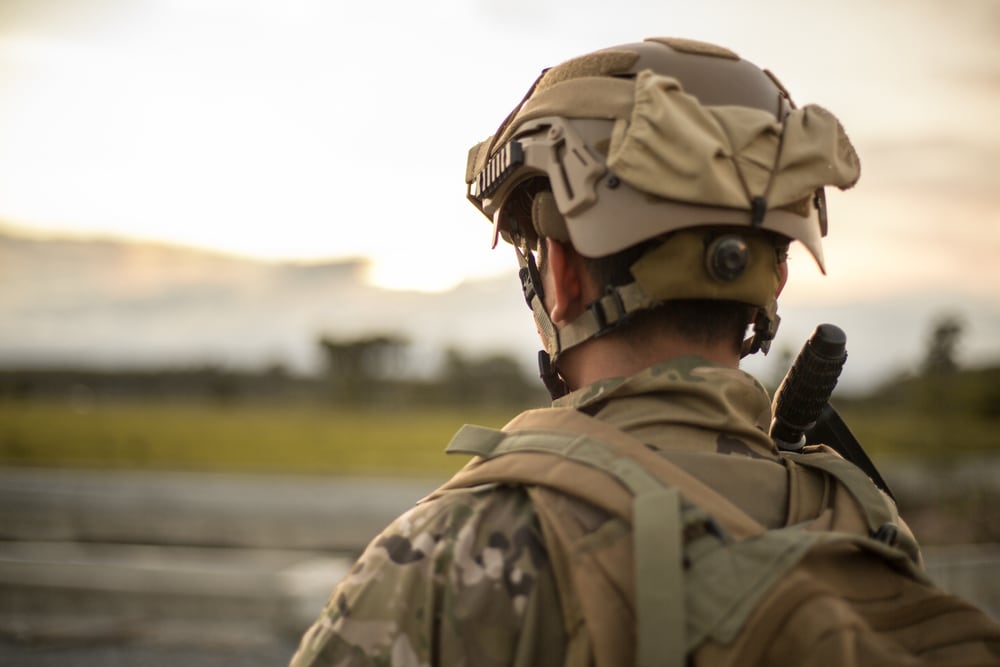Planning for Coronavirus
The coronavirus (COVID-19) is spreading rapidly across Asia and the Middle East. Even though there are only approximately 50 confirmed cases in the United States, American public health officials are warning Americans “to prepare for the expectation that this might be bad.”
But what does preparation look like? For American citizens, preparation means taking precautions, like washing your hands and staying home if you are sick. It may even mean preparing for telework or school cancellations.
For the government it means more. Much more.
During the George W. Bush administration, while I served in the Department of Homeland Security as the deputy assistant secretary for policy, we undertook a government-wide effort to figure out the right response to potential outbreaks of avian flu (a type of flu transmitted by poultry or birds that was running rampant in Asia at the time). Looking at how that problem was evaluated offers some idea of the complexity of the questions that the government needs to address in a pandemic response.
First, of course, there is the science. What is the speed of transmission for the disease? How quickly will a vaccine be made available? What are the transmission vectors? What are the easiest ways to limit citizens’ exposure? In the case of avian flu, for example, one potential vector of transmission was (as the name implies) through birds, which made the possibility of controlling the spread problematic.
But the science of the disease is only the beginning of the challenge. We considered, for example, whether it would be feasible to screen for symptoms at ports of entry and, if so, what our response would be to those who tested positive? Given how many ports of entry there are to the United States, we even considered whether we could implement funneling rules that sent flights originating in high-risk countries to specific airports. We then wondered how various governors would react when we said these flights would land in their states.
We thought about how to distribute the vaccine and whether or not we might use the U.S. Postal Service to deliver supplies to people sheltering in place if we required people to self-quarantine—and whether or not the postal workers would continue to work when doing so put them at real risk.
We asked virtually every question we could think of. We also built draft communications plans to convey information to the public; created resource allocation rules; tried to solve, in advance, logistics problems for provision and distribution of equipment; reviewed treatment contingencies and priorities; and so on.
It was one of the singularly most difficult policy questions we worked on while I was at the Department of Homeland Security. It required coordination with almost every other agency of government and strong leadership from the National Security Council.
We didn’t have all the answers; we weren’t even sure we had identified all the right questions. But in the end we thought we had the outline of a plan that would limit the spread and severity of an outbreak. Thankfully, that plan never had to be implemented.
We had optimistic and pessimistic scenarios. We explored blue sky and black swan possibilities. But all scenarios were grounded, ultimately, in reality. Especially after the inadequate response to Hurricane Katrina, we were going to give the best answers we could.
Despite the immeasurable variables, there was one thing of which I was certain: We were making the best judgments we could make with the information we had, relying on as good a set of scientific facts as we could. Call it the “deep state” if you want, or call it what it is: A government bureaucracy operating quietly in the background, largely unseen, but equipped, funded, and preparing, as best it could, for a crisis.
That model of planning should guide us today. We should ask, indeed demand, that the Trump administration be transparent about its efforts and consistent in its messaging—something that is, as yet, lacking.
American citizens need to have confidence in the administration’s response to COVID-19. We need to be sure that science is the basis of any decision—not some Sharpie-induced phantasm of reality. We need to know whether all the “acting” leaders in the Cabinet have sufficient experience and independence to act. We need to be confident that they will tell the president when they think he is wrong.
Americans deserve a president who grasps the complex trade-offs at issue with different potential courses of action. We need to be certain that critical health care decisions are being made for the long-term benefit of all Americans and that the government isn’t downplaying a crisis to avoid its electoral impact.
There is reason to doubt we are prepared. The acting secretary of homeland security cannot correctly identify the fatality rate for COVID-19 as 20 times greater than that of the regular flu. President Trump has, wrongly, assured us that a vaccine is just around the corner, when the best science tells us that it is 12-18 months away. And we can be 100 percent certain that warm weather isn’t the cure, as the president has suggested.
This isn’t about an effort to “bring down the president”—it’s about real threats to real people. The key to a pandemic response is good science, sound managerial experience and leadership credibility. It’s necessary for the country and for the world. Without it, there will be real adverse consequences.







